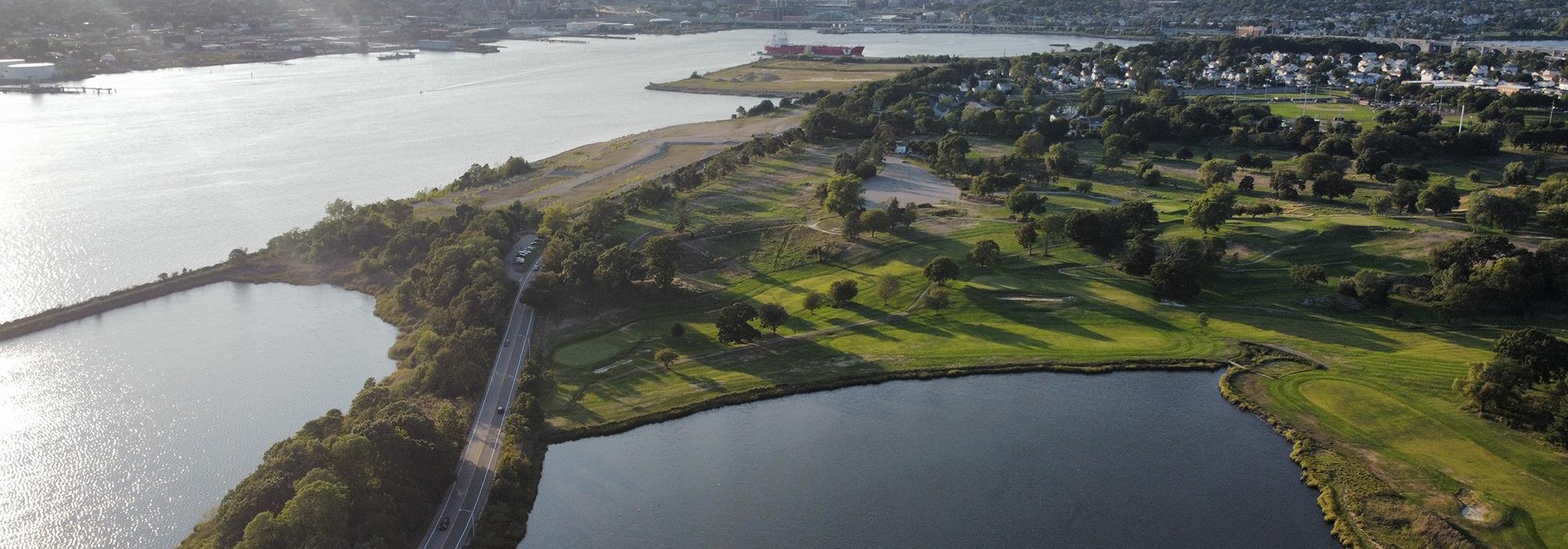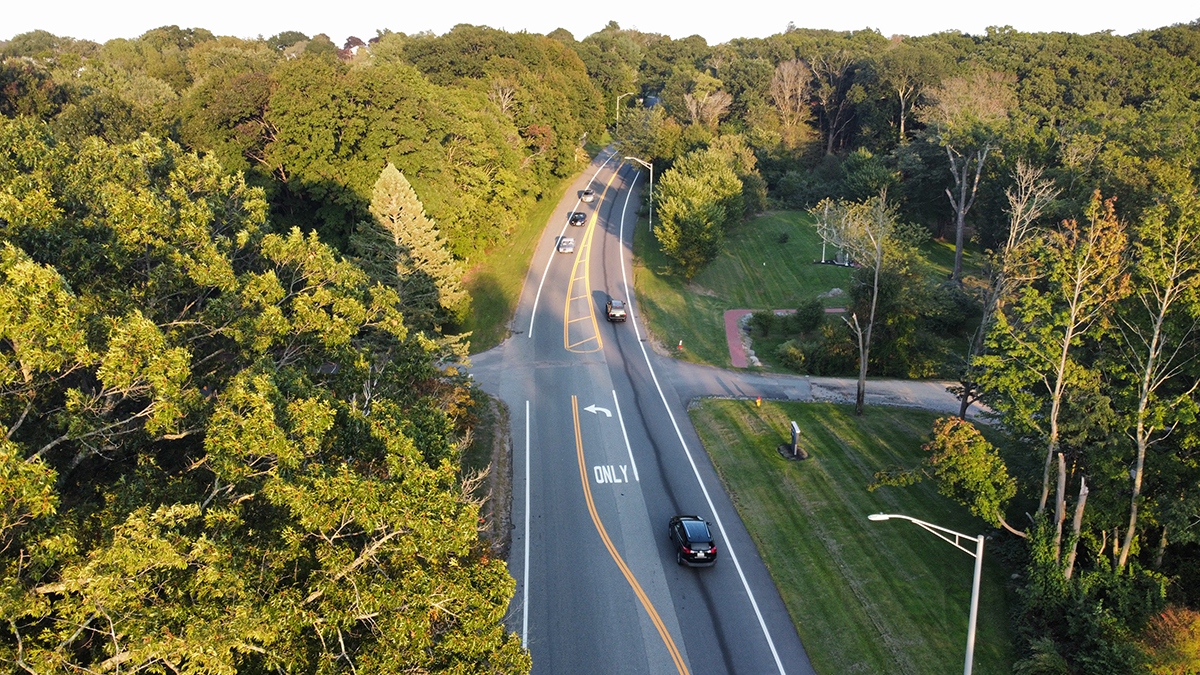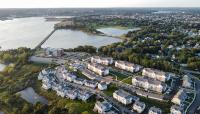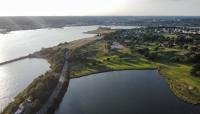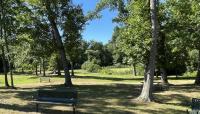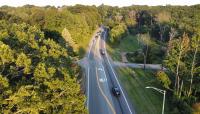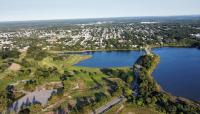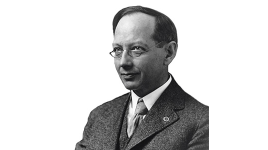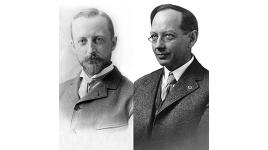Landscape Information
The Metropolitan Park Commission of Providence was established in 1904 and tasked with creating a ring of parks and scenic reservations connected by parkways. A popular component of the Commission’s plan was a scenic pleasure drive providing uninterrupted east and west views, protected by park-like reservations of land. Olmsted Brothers was engaged to lay out the parkway and conserve the “picturesquely wild” character of the land. The Olmsted firm originally proposed the parkway extend from Mauran Avenue to Nayatt Avenue in Barrington, but the Commission ended the parkway project at Pawtucket Avenue, for a total length of two-and-a-half miles.
Under the leadership of Frederick Law Olmsted, Jr., planning for the 116-acre parkway began in 1910, with firm employees including Percy Reginald Jones consulting on the project through the early 1920s. The Commission purchased land across East Providence, eventually acquiring much of the property around Fort Hill, which offers a panoramic view of the Providence River and Narragansett Bay, with its active upper harbor in the foreground. Along the bluff of Fort Hill, the firm proposed adding a pedestrian promenade and an overlook sheltered by a gazebo, though ultimately only a grove of oak, pine, and maple trees and a commemorative marker were installed.
The winding parkway lined with Norway maples passes several scenic features, including the Metacomet Golf Club (1919) to the east and sand fields once dotted by oil tanks, believed by Olmsted Brothers to highlight the industrial character of the city, to the west. At its south end the drive meanders past Watchemoket Cove to the west and the 28-acre native Squantum Woods to the east, developed as a roadside scenic reservation by the Works Progress Administration in the 1930s. The Olmsted plan included several triangular medians planted with small trees including hawthorns, red cedars, and laurel-leaved willows. Seven medians remain extant, though the plantings laid out by the Olmsted firm have been adapted or lost. Following World War II, the parkway was renamed Veterans Memorial Parkway. In 1991, the parkway was designated by the Rhode Island Department of Transportation as a Scenic Roadway.



